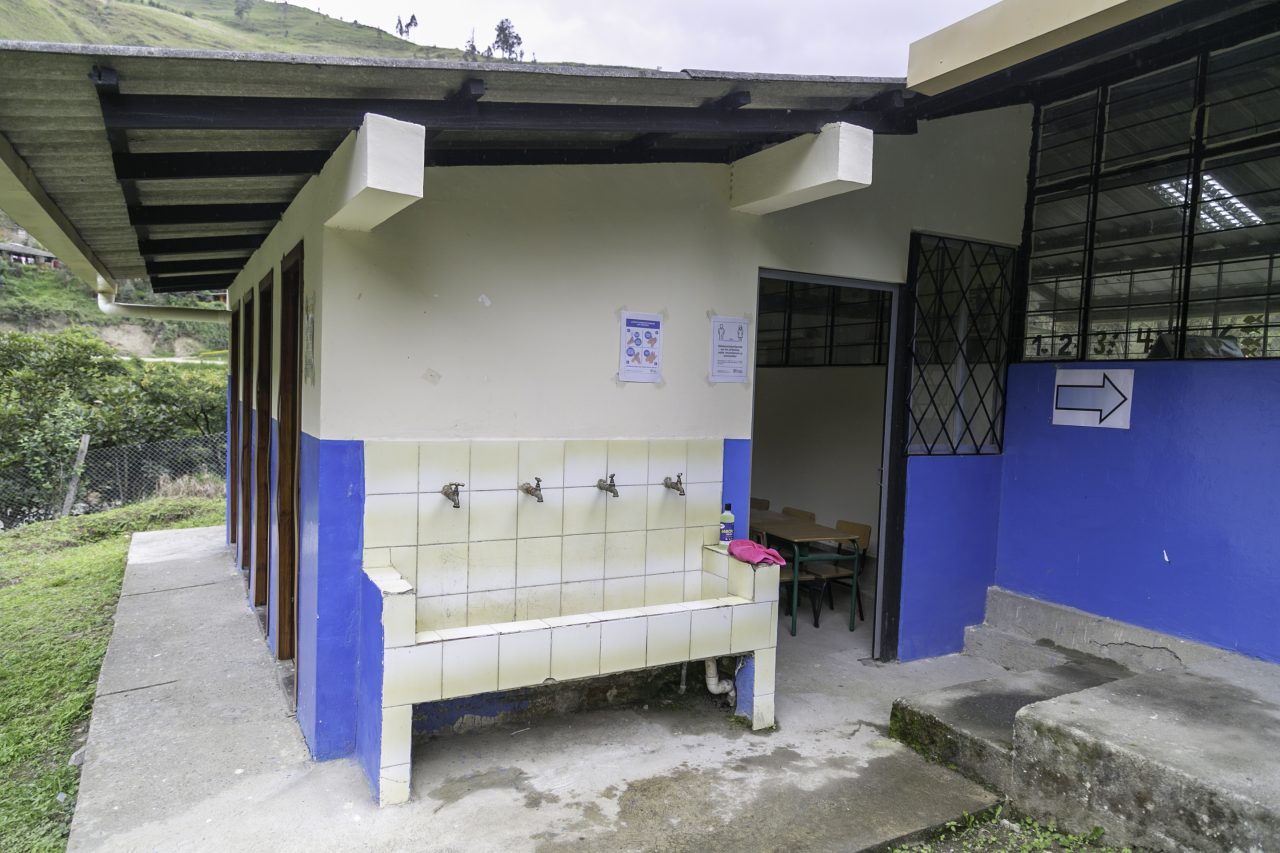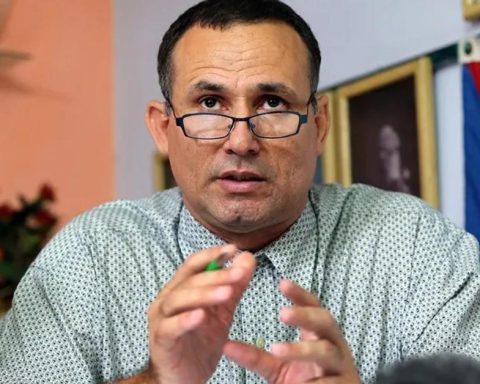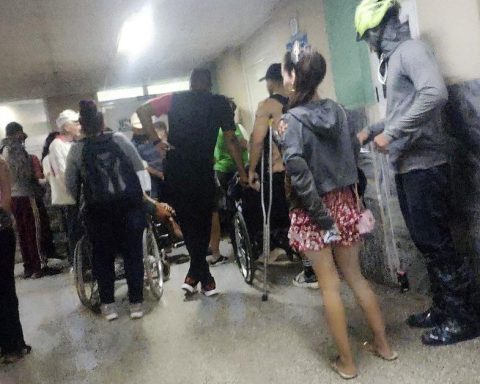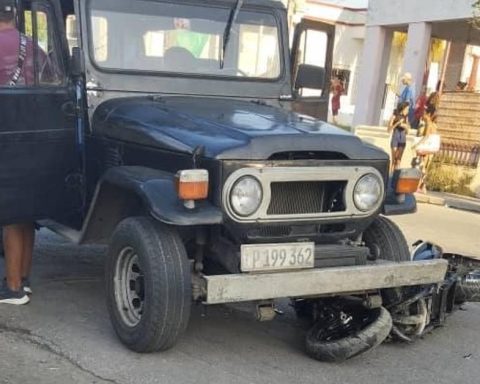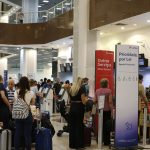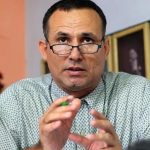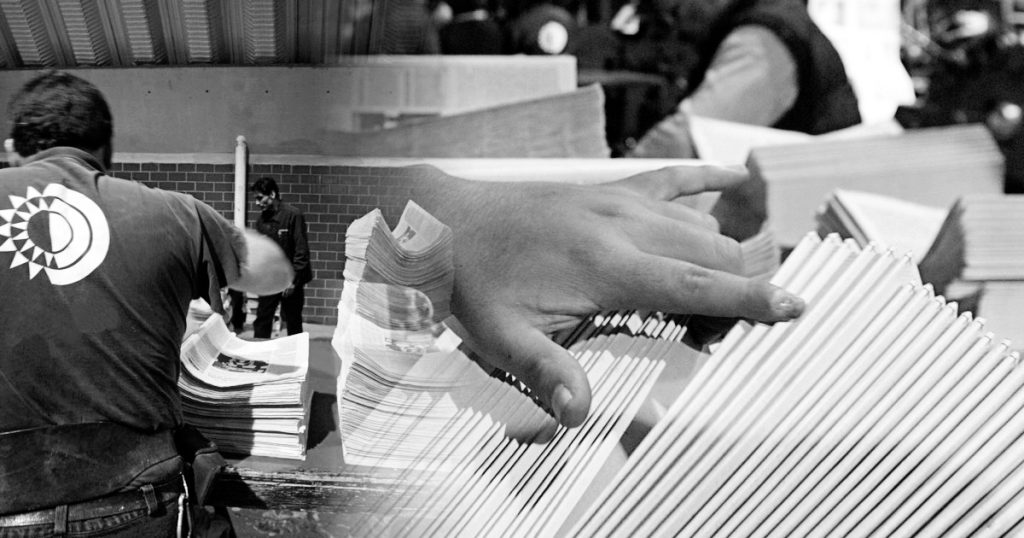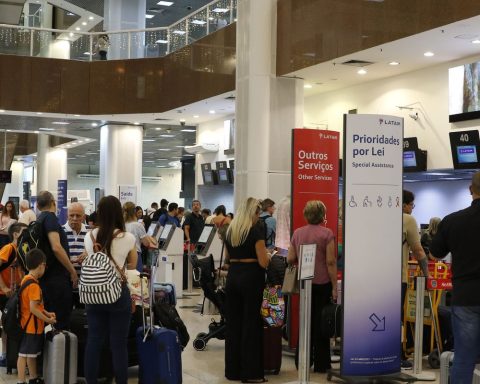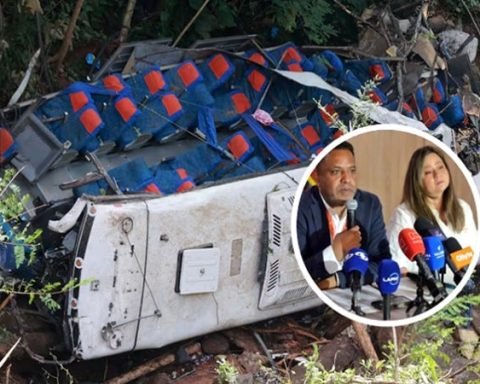Zone 5, made up of Guayas -except Guayaquil-, Los Ríos, Santa Elena, Bolívar and Galápagos, has more institutions in poor condition.
of the near 16,000 educational institutions that exist on a national scale, 162 have no conditions for their students to return to the classroom. This means that 0.99% have infrastructure problems.
These are facilities that, due to lack of maintenance or damage caused by rain, are not currently in a position to be used.
“These are the institutions where the contingency plans and will design specific plans to ensure continuity of the education of enrolled students,” said Maria Brown, Minister of Education.
Minors who wish to attend in person could be relocated. These measures will be socialized from each establishment.
Five provinces with the most problems
Zone 5 is where there are more schools and colleges with infrastructure problems: 67 in total, in the provinces of Guayas (except Guayaquil), Los Ríos, Santa Elena, Bolívar and Galapagos.
in these five provinces concentrates a total of 16,143 students.
It is followed by zone 8 (Guayaquil) with 30 campuses in disrepair.
This means that the rest of the educational institutions are ready to welcome the students.
Ana María Almeida, an educational psychologist, points out that not all institutions with infrastructure problems are necessarily schools without water. “There are schools that have not had maintenance in two years, others that have been affected by the rains and about 140 nationwide that do not have drinking water, this is not only the responsibility of the Ministry of Education but also of local governments.”
No access to biosecurity measures
According to a balance made in 2021, at least 144 institutions did not have drinking water.
Almeida says that these institutions cannot receive the students because cannot guarantee adequate access to handwashingone of the main biosecurity measures.
“It is appropriate that the Ministry of Education already has a plan for these students as Minister (María) Brown has announced. It is important that there are figures of how many institutions have infrastructure problems because it breaks the general speech to say that ‘the majority’ of schools do not have the conditions to return”, says the expert.
That is why Brown pointed out that the information on the infrastructure of the schools will be updated every Thursday on the website of the Ministry of Education; there will be included data such as name, location and number of students in each campus.
Joint interventions
The repair of schools, especially those that do not have basic services, is also the responsibility of the sectional governments that are in charge of sewerage and sanitation. In the case of Guayaquil, for example, an agreement will be signed for the infrastructure of 30 educational establishments. “Investment in infrastructure alone is $6.5 millionbut we are going to take on other issues that we have seen along the way, for example children’s games, inclusive games, bathrooms, in addition to an inclusive bathroom with a door made for wheelchairs and ramps,” said Cynthia Viteri, mayor of Guayaquil, when lift its decision to close schools.
Currently, in the Costa-Galapagos region, the guidelines for attendance at the January 22, 2022. While in the Sierra-Amazonia, from the February 7, 2022, it will be possible to return to 100% attendance under the agreement of the parents. (AVV)
When not to send my child to school
- If parents, siblings or people who have been in contact with minors show symptoms, children should not leave home for at least 10 days.
- Fever is one of the main indicators of COVID-19. If the child has it, it is essential to seek medical attention.
- If your PCR test comes back negative, it is appropriate for you to return to school three days after you are fever free.
- Cough is another common symptom of coronavirus. As with fever, it is appropriate to rule out contagion.
- The same recommendation is in cases of children with nasal congestion.
Educational institutions with infrastructure problems
- Zone 1 (Esmeraldas, Carchi, Imbabura and Sucumbíos): 16 institutions
- Zone 2 (Pichincha -except Quito-, Napo and Orellana): 17 institutions
- Zone 3 (Cotopaxi, Chimborazo, Tungurahua and Pastaza): 8 institutions
- Zone 4 (Manabí and Santo Domingo de los Tsáchilas): 7 institutions
- Zone 5 (Bolívar, Los Ríos, Santa Elena, Galápagos and Guayas -except Guayaquil-, Durán and Samborondón): 67 institutions.
- Zone 6 (Azuay, Cañar and Morona Santiago): 3 institutions
- Zone 7 (El Oro, Loja, Zamora Chinchipe): 14 institutions
- Zone 8 (Guayaquil, Durán and Samborondón): 30 institutions
- Zone 9 (Quito): zero institutions
Según Unicef, volver a clases protege a los menores de la exclusión educativa, la desnutrición infantil y la violencia intrafamiliar que muchas veces se denuncia desde las escuelas.
